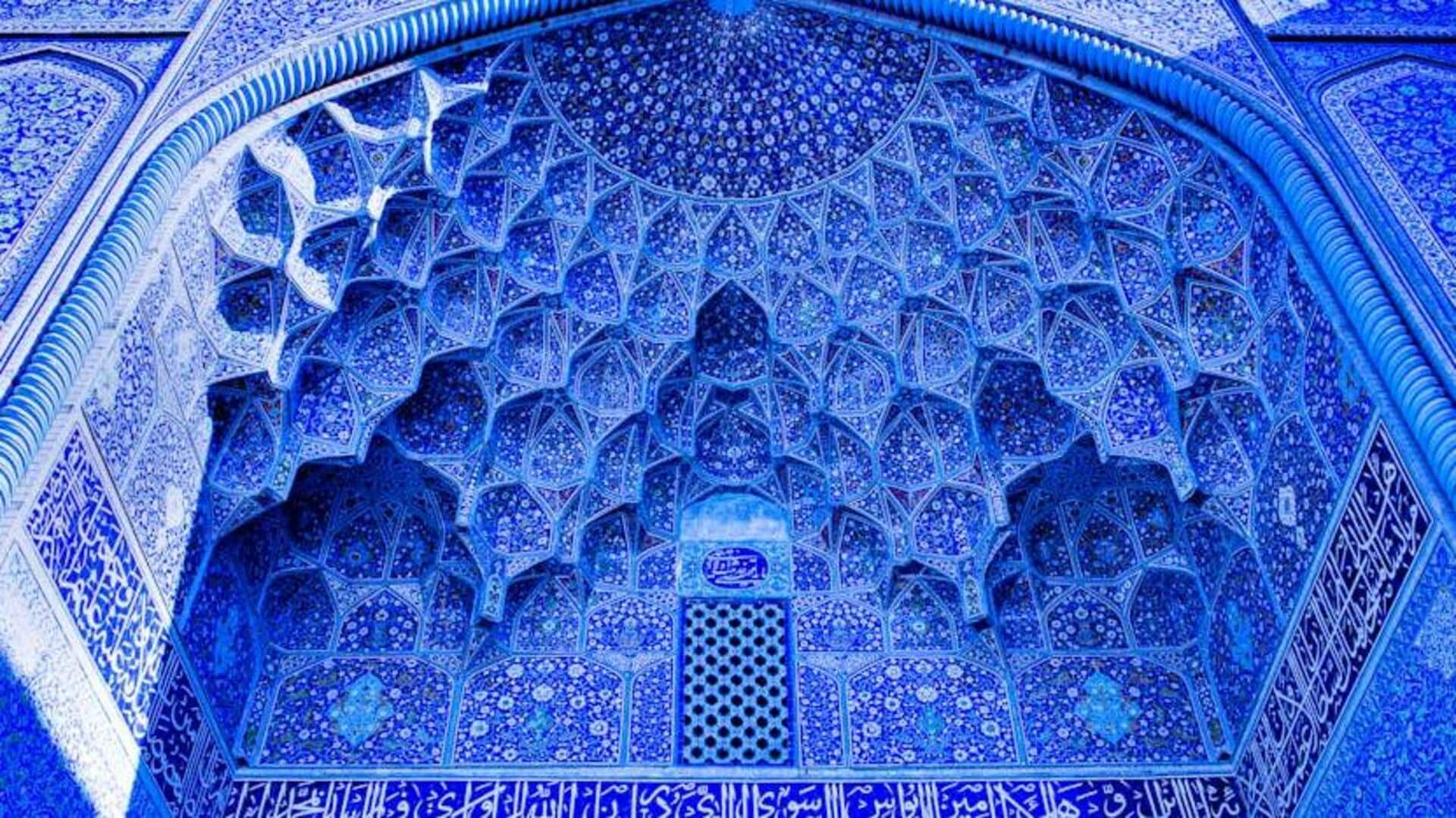
Discover the magic of mosaic art
What's the story
Mosaic art is a fascinating form of expression where small pieces of colored tiles are used to form intricate designs and patterns. This ancient art form has been employed for centuries to narrate stories, beautify spaces, and express cultural narratives. By arranging tiles in different shapes and colors, artists can create lively images that spark imagination. In this article, we explore the world of mosaic art, its techniques, materials, history, and modern applications.
Methods
Techniques in mosaic art
Mosaic art comprises several techniques, depending on the end goal. The direct method entails placing tiles directly on a surface with adhesive. This technique allows for precision but is difficult to plan out. The indirect method requires arranging tiles on a temporary surface before transferring them onto the final location. The method is effective for large projects or when working with complex designs.
Components
Materials used in mosaics
The materials used in mosaic art are varied and can include glass, ceramic, stone, and even recycled items like broken pottery or glass bottles. Each material comes with its own texture and color, adding to the beauty of the piece. Glass tesserae are a popular choice for their bright colors and reflective properties, while the stone gives a natural feel with earthy tones.
Legacy
Historical significance of mosaics
Mosaic art has been an integral part of history, both as a form of decoration and storytelling. Ancient civilizations like the Romans widely employed mosaics in public structures and homes to illustrate scenes from mythology or day-to-day life. These artifacts have offered keen insights into ancient cultures by retaining visual stories for centuries.
Innovations
Modern applications of mosaic art
Today's artists continue to push the boundaries of mosaic art, by adding contemporary themes to their work or using unconventional materials, such as metal or plastic pieces, in addition to traditional ones like glass or ceramic tiles. Public installations often employ mosaics, as they withstand weather conditions, while also adding color and vibrancy to the urban landscape.